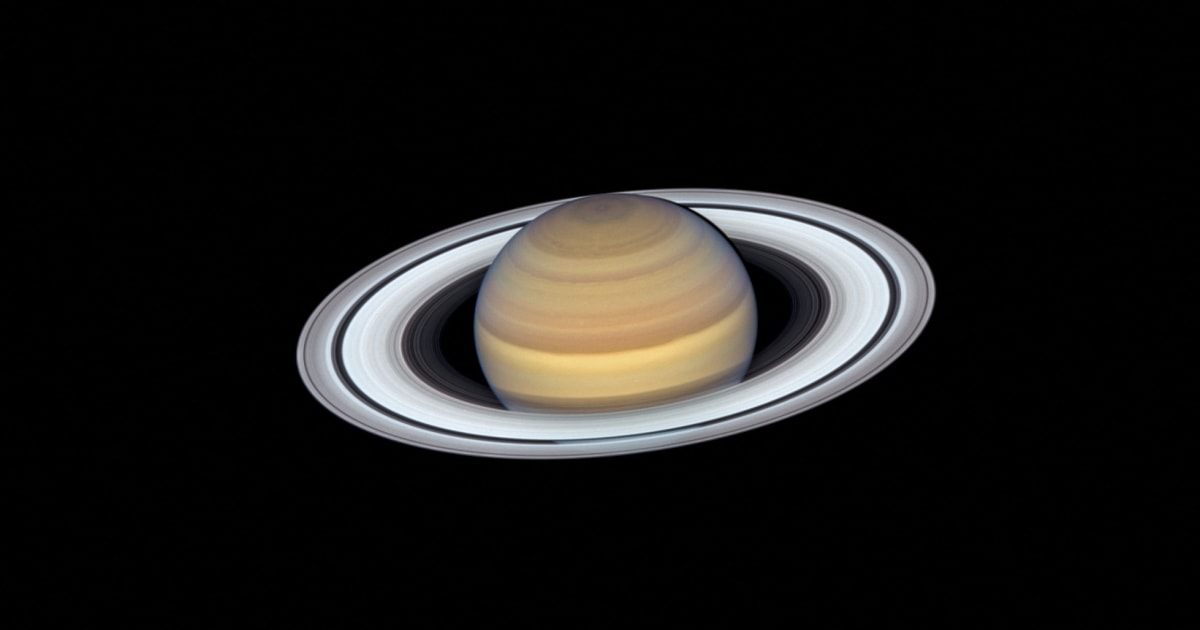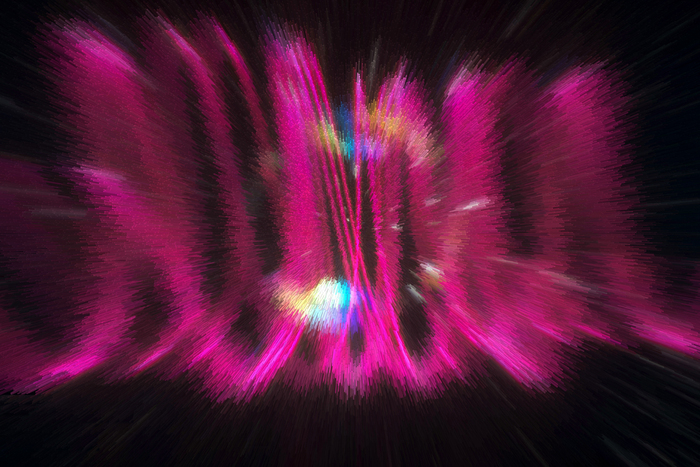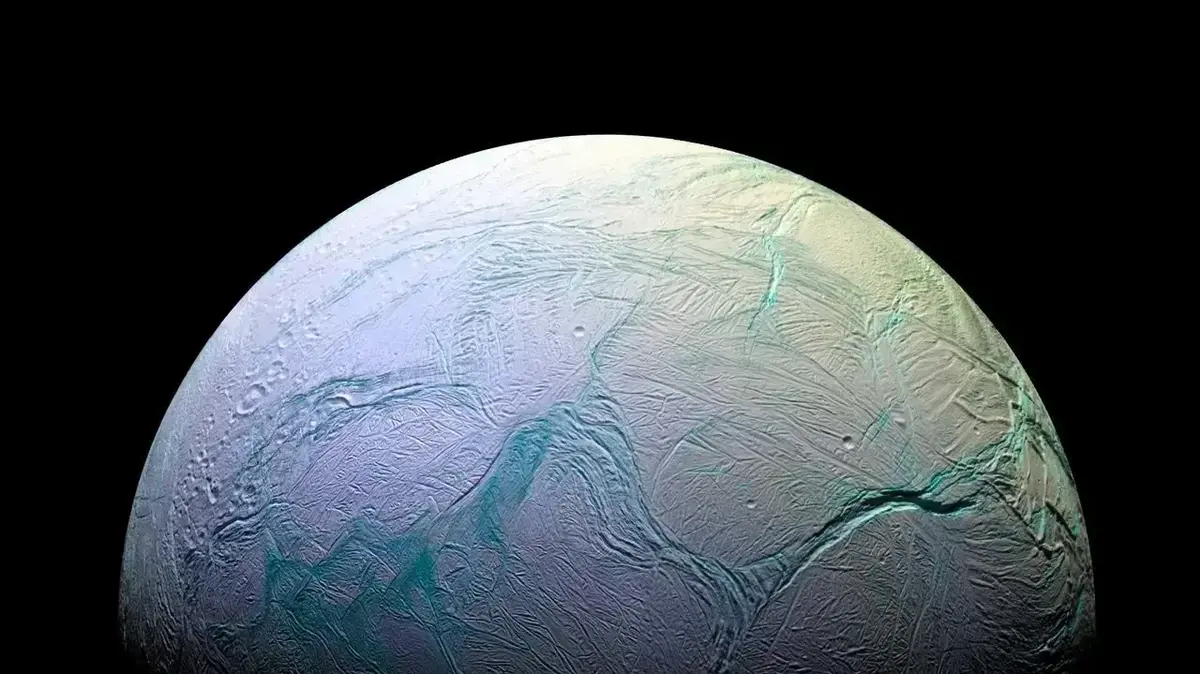The destruction of a moon may explain the four-century-old mystery of the origin of Saturn's rings, according to new research published Thursday by the journal
Science.
The study, led by researchers at the Massachusetts Institute of Technology (MIT), suggests that, about 150 million years ago, Saturn's planetary system experienced a violent event: a moon called Chrysalis, which for billions of years orbited the gas giant, became unstable, got too close to the planet, and was ripped apart by its gravitational pull.
The remains of this moon continued to orbit around Saturn and over time flattened to form the disk of particles that is seen today, according to the conclusions of this research.
NASA/JPL-Caltech/Space Science I / via REUTERS
This scenario “unites two puzzles that until now have been treated separately,” Francis Nimmo, a professor of planetary sciences at the University of California, Santa Cruz and a co-author of the study, told The Wall Street Journal.
Discovered by Galileo in 1610, until now Saturn's rings were believed to have formed 4 billion years ago when the planet's gravitational field captured passing comets and asteroids and slowly flattened them.
But observations made on three space missions cast doubt on that hypothesis by revealing that the rings are much younger (they were formed, according to this research released on Thursday, between 100 and 200 million years ago).
Hubble and Webb Space Telescopes capture new images of a so-called 'Ghost Galaxy'
Aug. 31, 202200:27
The research also raises possible explanations for the
planet's tilt
and the curious orbit of its largest moon, Titan, two questions to which astronomers remained unanswered.
To do the study, Jack Wisdom (of MIT) and his team used numerical simulations and data from the recent Cassini mission (a joint project of NASA, the European Space Agency).
The authors believe that this same event could also have caused Titan's orbital eccentricity to increase to its current high value, which would explain Saturn's oblique shape.
"The Latin footprint is very obvious": Hispanic astronaut José Hernández talks about the Artemis mission
Aug. 29, 202204:24
For Santiago Pérez-Hoyos, a researcher at the University of the Basque Country in Spain, "Saturn's rings are, without a doubt, one of the most striking structures in the solar system."
“Thanks mainly to the Cassini mission, which orbited the planet between 2004 and 2017, there is some consensus that the rings are young in astronomical terms, having formed only about 100 million years ago.
Wisdom's work offers a plausible explanation for how that formation took place,” she said.
The Salvadoran astronaut who "doing what he likes" inspires Latinos to fight for their dreams
Aug. 31, 202201:48
The new research represents "a completely new scenario that can resolve the age of the rings," said Maryame El Moutamid, an astronomer at Cornell University who wrote an editorial accompanying the study but was not involved in it.
With information from Eph.


/cloudfront-eu-central-1.images.arcpublishing.com/prisa/HMPBOPAW6ZCXHIH5YI4WELTR5Q.jpg)






